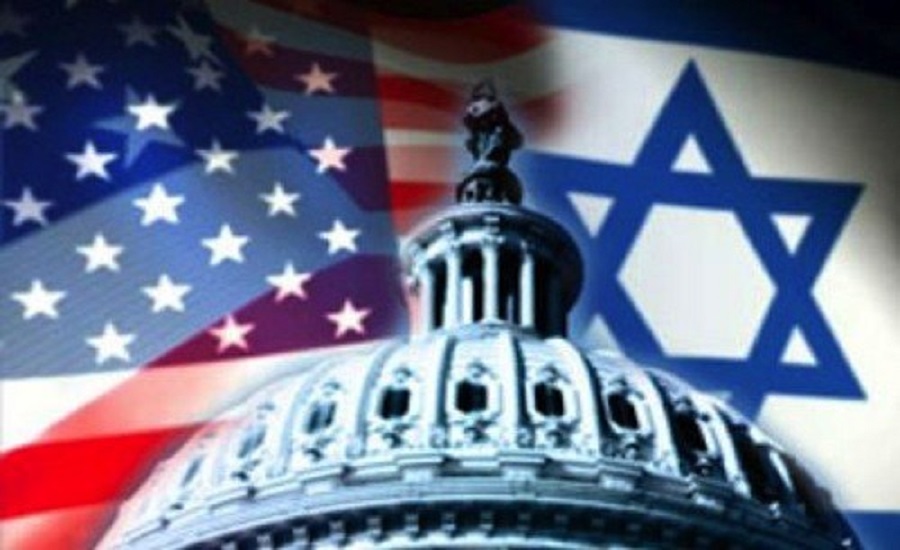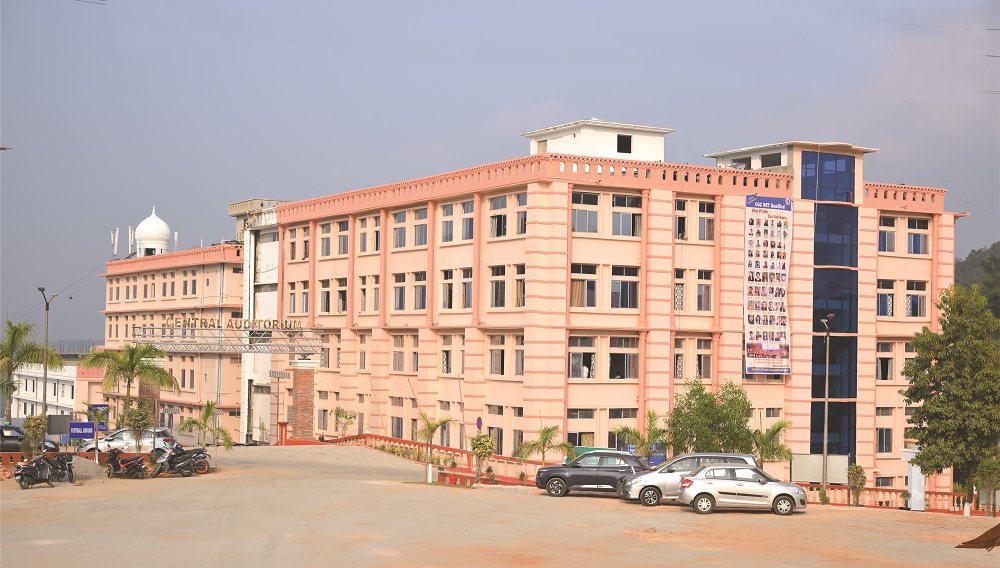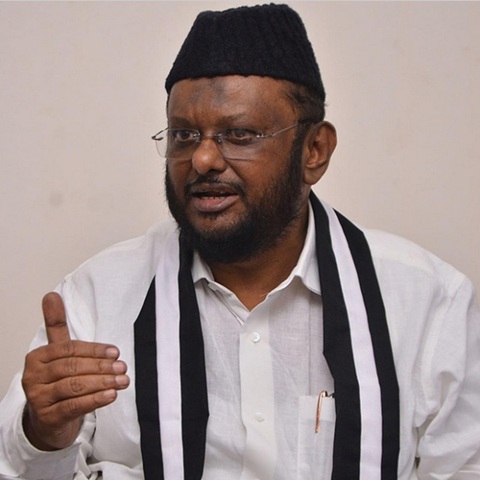By Frank F Islam
Last Friday, just as Americans were winding down for the weekend, the White House dropped a shock-and-awe measure affecting many leading US businesses. On that day, President Donald Trump signed a proclamation announcing a staggering $100,000 fee on H-1B visa for each employee hired under the programme, effective September 21. This H1-B proclamation could be extremely problematic for the technology industry in the US and India and strains the already strained relationship between the two great nations. even further.
The H1-B proclamation sparked 24 hours of absolute mayhem. Microsoft and other major employers urgently advised their H-1B workers abroad to return before the deadline and instructed those still in the US to avoid international travel. By Sunday evening, perhaps bowing to business pressure and the turmoil unleashed, the White House clarified that the fee would not apply to current H-1B visa holders or petitions filed before September 21. Sunday’s clarification, through an H-1B FAQ posted on the White House website, offered some relief to existing visa holders, but it also carried ominous signals about what lies ahead.
The FAQ noted that the administration is preparing further reforms to the H-1B programme. Among them, the department of labour will launch a rulemaking process to “revise and raise the prevailing wage levels in order to upskill the H-1B program and ensure that it is used to hire only the best of the best temporary foreign workers.” Prevailing wage levels have long been at the heart of the H-1B debate. Under the current system, employers can classify jobs into four wage tiers, with the lowest tier often set well below the median market rate. Critics argue this framework incentivises companies to hire foreign workers at “entry-level” wages, even for jobs requiring significant skills, thereby undercutting US workers and holding down salaries across the industry.
This is not the first attempt to recalibrate wages. In 2020, during Trump’s first term, the department of labour issued an interim final rule that substantially raised the required wage levels for H-1B and other employment-based visas. The measure faced immediate backlash from industry groups, universities, and employers who argued that it would make hiring foreign talent prohibitively expensive. Multiple federal courts struck down the rule, citing both procedural flaws and substantive concerns that it exceeded the agency’s authority.
The H1-B FAQ also outlined forthcoming rulemaking by the department of homeland security to overhaul the H-1B lottery system. Under the proposed change, priority would be given to higher-paid, higher-skilled applicants over those at lower wage levels. This marks a sharp shift from the current lottery system, which is largely randomised. It signals the administration’s intent to reshape the programme into one that favours elite earners, a move that could dramatically alter the demographics of future H-1B cohorts.
While the timing of the H1-B proclamation surprised many, the policy direction should not have. For months, rumours had circulated among tech insiders and immigration experts that the administration was preparing a crackdown. The H-1B visa programme has long been a lightning rod in America’s immigration debate. For critics, it represents a threat to US job security, with accusations that companies exploit the system to import low-wage workers — particularly from India — to undercut American employees.
This is not the administration’s first assault on high-skilled immigration. Earlier, the White House tightened F-1 student visa rules, making it harder for international students to pursue US education, which is a critical pipeline feeding into many H-1B jobs. Together, these moves threaten to shut down avenues that have consistently brought the best and brightest from abroad to America’s universities and companies.
Friday’s proclamation, if it withstands legal challenges, will strike hardest at Indian professionals and ripple through India’s IT sector, which relies heavily on H-1B talent to serve US clients. Indian nationals account for more than 70% of all H1-B recipients. As noted, the timing also compounds the strain on US-India relations. Coming just weeks after the administration slapped a 50% tariff on Indian goods, the H-1B proclamation represents a second blow.
With US companies as its largest clients, India’s IT sector stands to lose heavily, both economically and in terms of workforce morale. The diplomatic fallout is equally troubling: Tariffs and visa restrictions together have driven bilateral ties between the US and India to their lowest point in years.
The new policy is not only a setback for India but also a self-inflicted wound for America’s own innovation ecosystem. The role of H-1B workers in powering Silicon Valley’s meteoric rise is undeniable. Nearly every US tech CEO acknowledges that the programme has fuelled growth and value creation.
There is definitely a need to improve the US H1-B programme. But instead of reforming the system, imposing a six-figure fee amounts to gutting it. Even America’s “Fab Five” tech giants, with trillion-dollar market caps, would balk at paying $100,000 per employee on top of already high compensation costs. The likely outcome: Diminished global competitiveness and a surge in outsourcing. US companies are already expanding their global capability centers in India, a trend that this policy could accelerate. Ironically, a measure billed as protecting American jobs may end up exporting even more of them.
The H-1B programme has long been a golden goose for America, fuelling innovation, job creation, and global leadership in technology. To kill it with punitive measures would be self-destructive.






0 Comments